Modular Furniture: Adaptable Layouts for Compact Patios
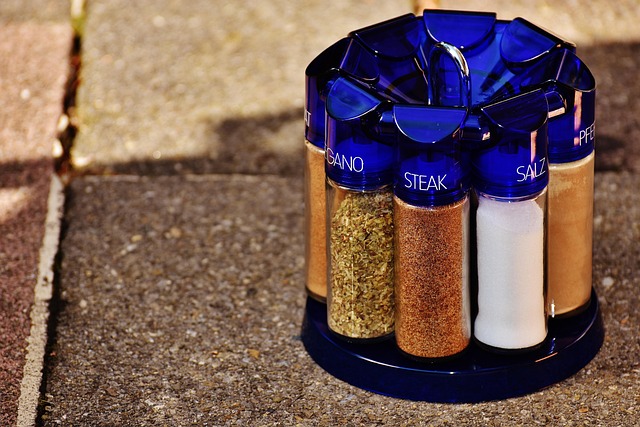
In urban spaces with limited balconies or patios, modular furniture is a revolutionary solution for…….
Introduction
The concept of outdoor living has evolved significantly over the years, becoming a pivotal aspect of modern lifestyle choices. For those with limited spaces, crafting an outdoor living area that is both functional and aesthetically pleasing presents unique challenges yet abundant opportunities. This article delves into the intricacies of creating compact outdoor living spaces, exploring their design, economic impact, technological advancements, policy implications, and the lessons gleaned from real-world applications. Readers will gain a comprehensive understanding of how to maximize small outdoor areas for comfortable and sustainable living.
Understanding Outdoor Living for Small Areas
Outdoor living for small areas refers to the design and utilization of limited spaces to create an extension of one’s living quarters, where individuals can enjoy the outdoors comfortably. This concept encompasses a variety of elements, including outdoor furniture, landscaping, lighting, and even structural additions like pergolas or gazebos. Historically, outdoor living was primarily associated with affluence and large estates; however, with urbanization and a growing focus on sustainable living, it has become accessible to a broader audience, regardless of space constraints.
The core components of outdoor living for small areas include:
Its significance lies in its ability to enhance one’s quality of life by providing a natural setting for relaxation, entertainment, and even dining. It fits within the broader landscape as a testament to the human need for connection with nature, irrespective of living quarters size.
Global Impact and Trends
The global impact of outdoor living for small areas is profound, with trends shaping its trajectory in various ways. In regions with temperate climates, such as North America and parts of Europe, there’s a growing trend towards creating multifunctional and sustainable outdoor spaces. In contrast, tropical regions like Southeast Asia focus on natural ventilation and cooling solutions. The Middle East emphasizes shading and heat mitigation, while in colder areas like Scandinavia, outdoor living spaces are designed to withstand harsh weather conditions.
Economic Considerations
Economically, outdoor living for small areas is a growing market that has seen investment from various sectors, including furniture manufacturers, landscaping firms, and technology companies. These investments reflect the increasing consumer demand for outdoor living solutions. The role of outdoor living in economic systems is multifaceted; it not only creates job opportunities but also contributes to sustainable development goals by promoting eco-friendly materials and practices.
Technological Advancements
Technological advancements have significantly impacted outdoor living for small areas. Innovations such as modular furniture that can be reconfigured, smart irrigation systems, and energy-efficient lighting options have enhanced the user experience. Additionally, the integration of outdoor spaces with home automation systems allows users to control lighting, sound, and even heating elements remotely. The future potential includes advancements in weatherproof materials, sustainable energy sources, and even virtual reality applications that simulate natural environments.
Policy and Regulation
Policies and regulations play a crucial role in the development of outdoor living spaces. Zoning laws, building codes, and environmental regulations all influence how these spaces are designed and implemented. In many cities, there are incentives for homeowners to create green spaces, which can include small outdoor living areas. These policies are instrumental in promoting sustainability, community engagement, and urban biodiversity.
Challenges and Criticisms
Outdoor living for small areas faces several challenges, including space constraints, climate considerations, and budget limitations. Criticisms often revolve around the sustainability of such spaces and their impact on the local ecosystem. To address these issues, designers and policymakers are encouraged to prioritize native plants, permeable surfaces, and sustainable materials. Implementing green infrastructure, such as rain gardens and green roofs, can mitigate environmental impacts while enhancing the living experience.
Case Studies
Several case studies demonstrate successful applications of outdoor living for small areas. For instance, a homeowner in New York City transformed a narrow balcony into a lush oasis using vertical gardening techniques and compact furniture. In London, a rooftop space was designed to maximize views while providing ample seating and dining options. These case studies not only showcase the potential of small outdoor spaces but also highlight the importance of creative design and smart planning.
Future Prospects
The future prospects for outdoor living for small areas are promising, with a focus on innovation, sustainability, and well-being. Emerging trends include the integration of biophilic design principles, which connect occupants with nature, and the use of smart technology to enhance outdoor living experiences. Strategic considerations, such as adapting to climate change and promoting biodiversity, will shape the evolution of these spaces.
Conclusion
In conclusion, outdoor living for small areas represents a significant trend in modern lifestyle choices. It offers a practical solution for those with limited space to enjoy the outdoors comfortably while contributing positively to the broader environmental and economic landscape. As urban populations grow and sustainability becomes increasingly important, the role of well-designed outdoor living spaces will likely expand, offering new possibilities for enhancing our connection with nature.
Additional Considerations
For those interested in creating an outdoor living space, it’s essential to consider the local climate, weather patterns, and the specific needs of the users. Engaging with a professional designer or landscaper can help navigate zoning laws, choose appropriate materials, and select plants that will thrive in the given conditions. Additionally, considering the long-term sustainability and low-maintenance aspects of the design will ensure that the space remains enjoyable and requires minimal upkeep over time.
FAQs
Q: How can I make the most of a small outdoor space?
A: To maximize a small outdoor space, consider vertical gardening, multipurpose furniture, and strategic lighting. Choose compact yet comfortable seating options and incorporate storage solutions to keep the area clutter-free.
Q: What are some sustainable materials I can use for my outdoor living space?
A: Eco-friendly materials include recycled plastics, treated wood, composite decks, and permeable paving stones. Choose materials that require minimal maintenance and are durable to reduce waste.
Q: How do I integrate smart technology into my outdoor living area?
A: Integrating smart technology can be done by adding weatherproof speakers, wireless lighting controls, heating elements, and even smart irrigation systems that can be managed through a home automation system.
Q: Can I create an outdoor living space if I live in an apartment?
A: Yes, you can. Consider creating a balcony garden, a rooftop terrace, or even a small indoor plant area that mimics the experience of being outdoors. Use vertical space to maximize your area’s potential.

In urban spaces with limited balconies or patios, modular furniture is a revolutionary solution for…….
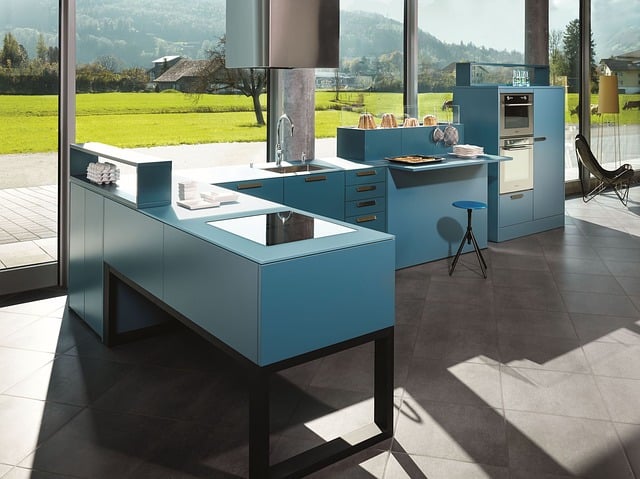
L-shaped seating and planters are ideal solutions for compact patios, maximizing space with both fun…….
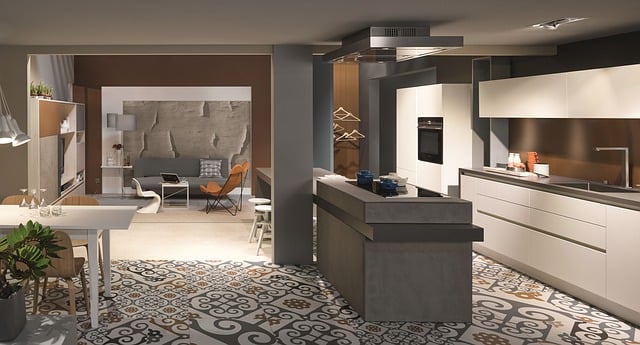
Balcony living setups, featuring portable furniture, transform urban spaces into peaceful outdoor re…….
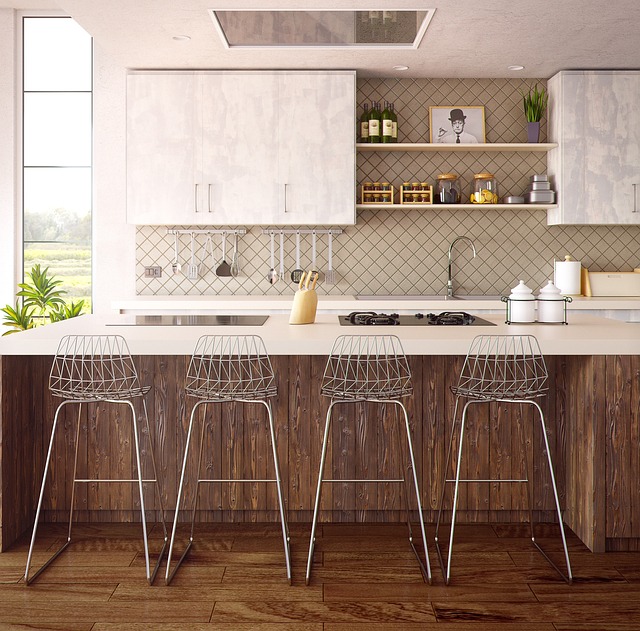
Small outdoor spaces can be transformed into lush oases with vertical gardening solutions. By maximi…….
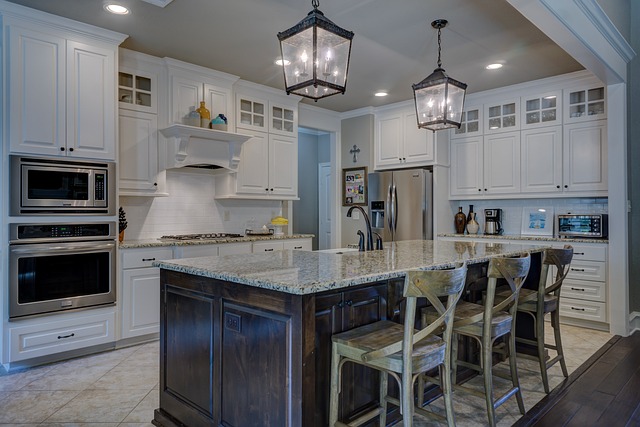
In small spaces, strategic color choices are key to creating a warm and inviting atmosphere. Bright…….
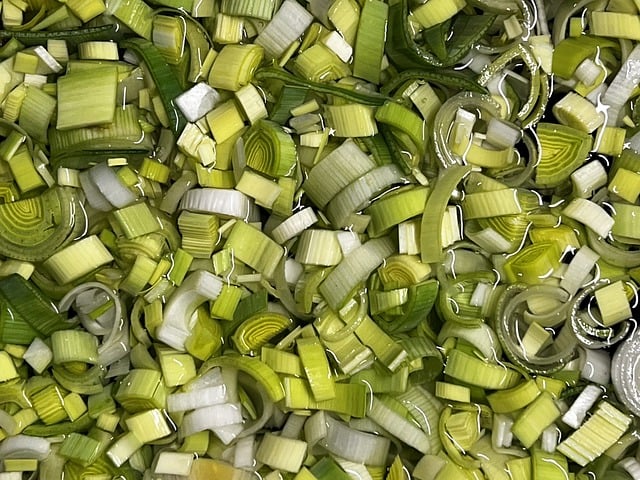
Vertical gardens, ideal for urban homes with limited outdoor areas, transform compact patios into vi…….

In urban and compact living spaces, optimizing floor space is key for efficient modern lifestyles. F…….
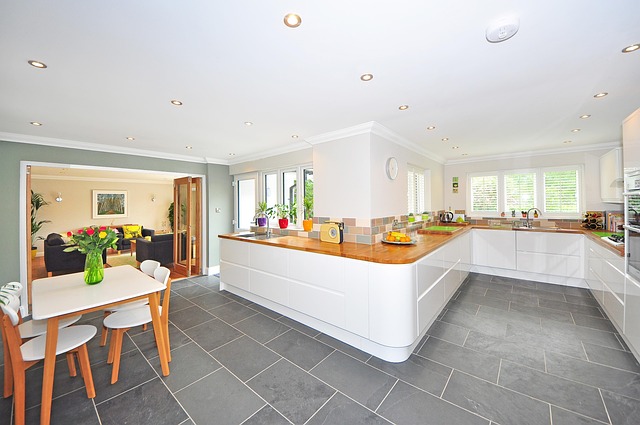
L-shaped seating is an optimal solution for maximizing limited outdoor spaces, particularly in small…….